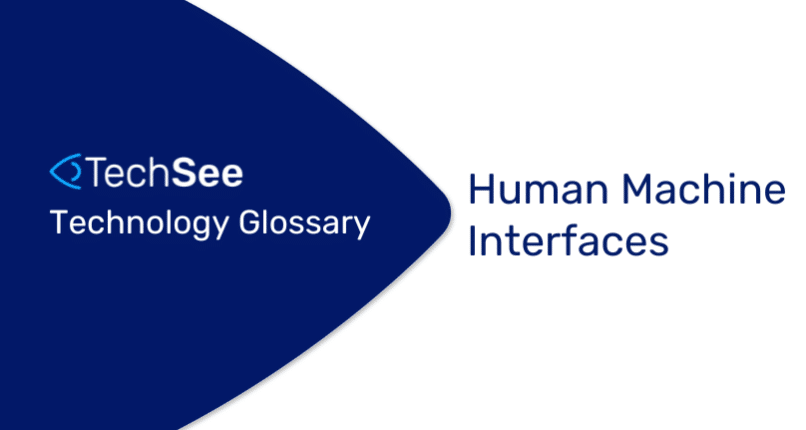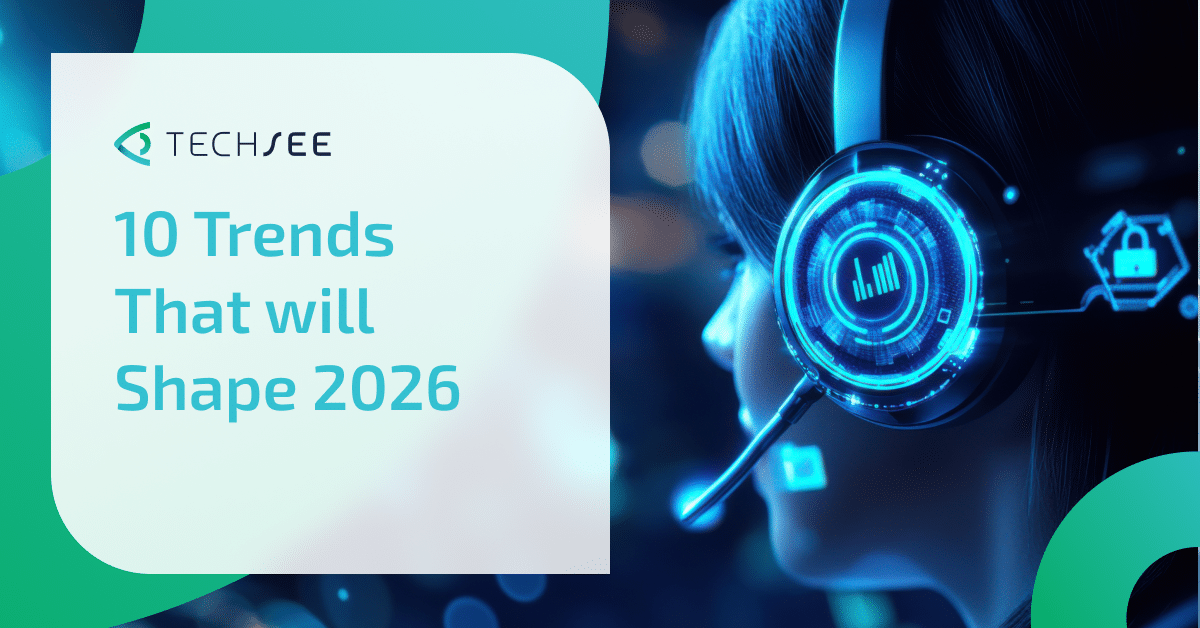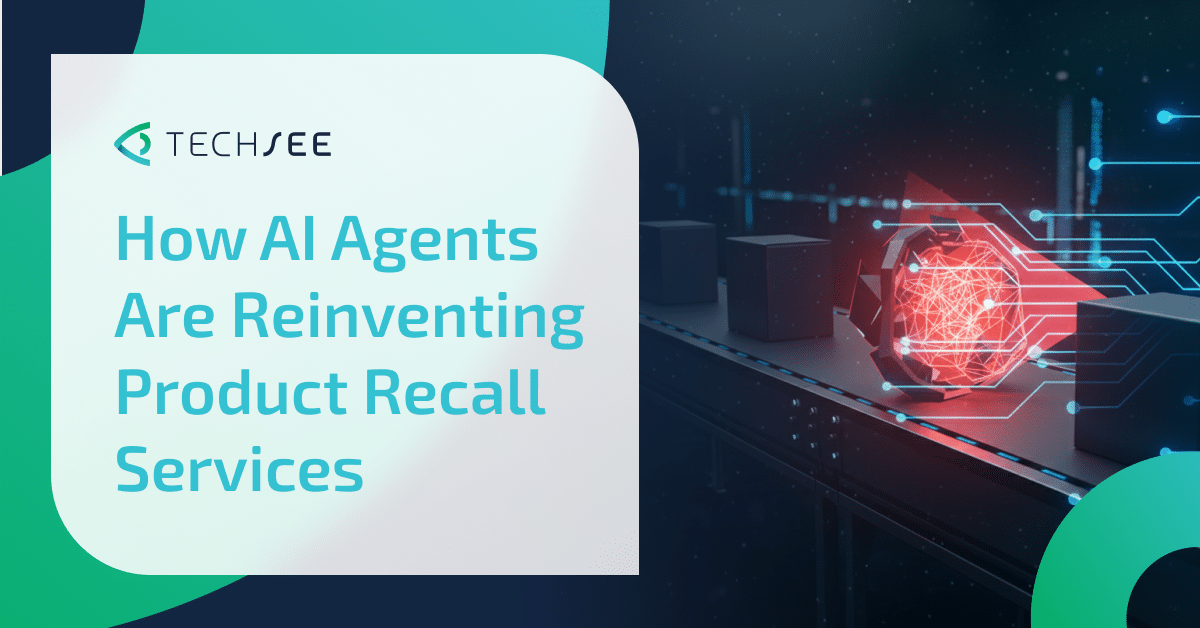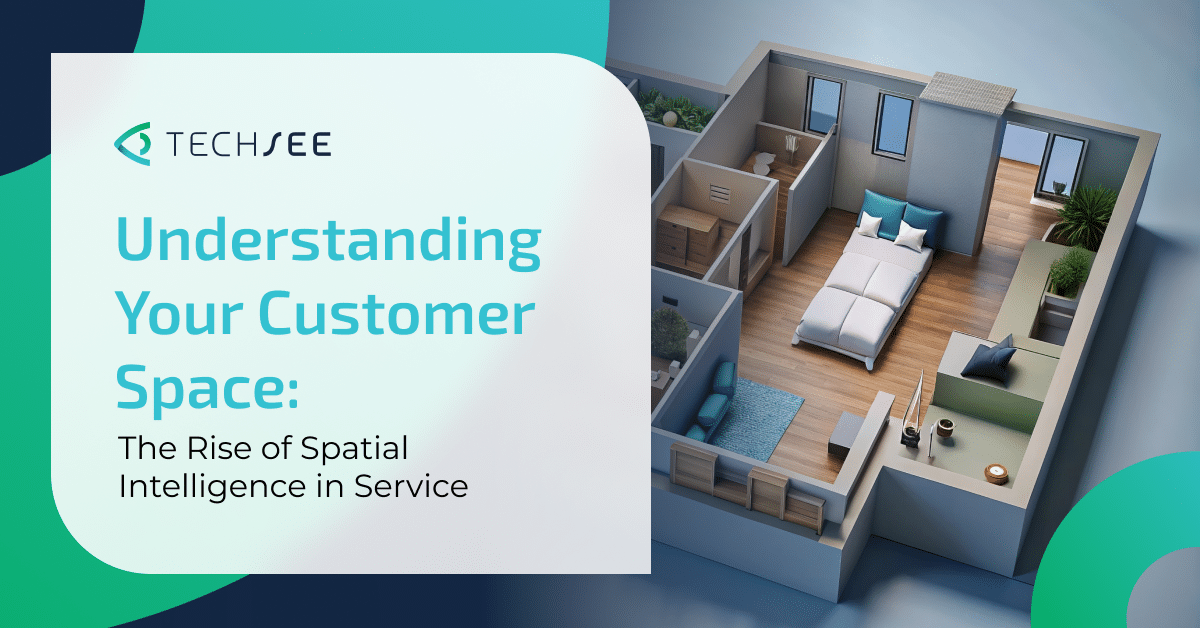What is a Human Machine Interface (HMI)?
Human Machine Interface, often abbreviated as HMI, is a vital component in AI and technology. HMIs serve as a bridge that allows humans to interact with and control machines or systems, including those powered by artificial intelligence. HMIs are designed to make technology more user-friendly, efficient, and accessible, enabling users to input commands, receive feedback, and monitor system status effectively.
With the rise of AI, the term “Human Machine Interface” (HMI) has gained significant importance. HMI refers to the point of interaction between humans and machines, encompassing a wide range of devices, interfaces, and technologies that facilitate seamless communication between humans and AI systems.
Human Machine Interface in AI Applications
The integration of HMI with AI has revolutionized various industries, particularly the service sector. Here are some key AI applications in the service market that heavily rely on Human Machine Interface:
1. Virtual Assistants: Virtual assistants like Amazon’s Alexa and Apple’s Siri utilize HMI to understand and respond to user voice commands. Users interact with these AI-powered applications through natural language, and the applications, in turn, respond to queries, perform tasks, or provide information.
2. AI CoPilots: Agent CoPilots help agents navigate knowledge resources and summarize service sessions. Agents typically interact with these AI-powered CoPilots inside of their service platforms through text-based interactions, and the CoPilots reply through the same text interfaces.
3. Autonomous Vehicles: Self-driving cars incorporate advanced HMI systems, including touchscreen interfaces, voice recognition, and gesture controls. Passengers can interact with the vehicle’s AI system to request routes, control in-car entertainment, and monitor vehicle diagnostics.
4. Smart Home Systems: AI-driven smart home systems employ HMI interfaces through mobile apps, voice commands, or touchscreens. Users can easily control lighting, thermostats, security systems, and appliances, making their lives more convenient and energy-efficient.
5. Healthcare Services: In telemedicine, HMI is crucial in enabling remote patient monitoring and consultations. Patients can communicate with healthcare AI systems via video calls, chat interfaces, or wearable devices, allowing efficient healthcare delivery.
6. MultiSensory AI Agents: In customer service, HMI enables users to interact with AI agents through voice, visuals and text. Users can communicate with AI agents just as they would with a human agent, and the agent in turn, interacts with users through those same channels.
Benefits of HMI in AI Applications:
- Improved User Experience: HMI enhances user experiences by making interactions with AI systems more intuitive and user-friendly.
- Increased Efficiency: AI-powered systems with well-designed HMIs can streamline processes, reducing the time and effort required to complete tasks.
- Accessibility: HMI technologies enable individuals with varying abilities to interact with AI systems, promoting inclusivity.
- Data Collection and Analysis: HMI can collect user data, which AI systems can analyze to personalize interactions and improve services.





